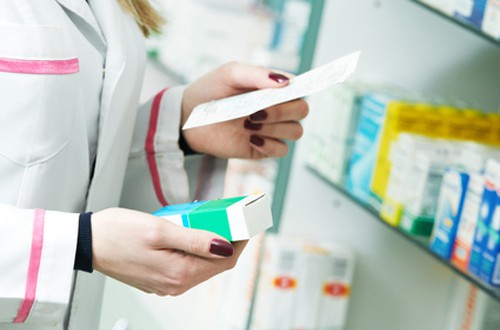
Fuelled by new medicines from industry pipelines, global drug spending will grow at a rate of between 4% and 7% in the next five years, a decline on the pace of 2014 and 2015.
A kickback against premium pricing and the use of barriers to market access will limit the increase, as will weaker growth in emerging markets and patent losses on current blockbusters, but the net effect will nevertheless be a 33% increase in spending to $1.5trn in 2021.
The predictions – from QuintilesIMS – indicate that an extra $367bn will be spent on pharma products in the next five years. Without the impact of rebates, discounts, taxes and other adjustments that affect net sales, the increase would have been $127bn higher.
Also set against that will be a reduction in overall spending as more branded biologic medicines lose exclusivity, expected to total $143.5bin in the next five years. Some $27bn-58bn of that total will come from sales of biosimilars.
The growth will stem from a “historically large” outpouring of new products, driven by an estimated 45 new active substances (NAS) that are expected to launch on average per year through 2021. And in that year 35% of of these will be specialty medicines – generally high-cost items used to treat complex or rare diseases such as cancer – up from 30% this year and 20% a decade ago.
“Recent successes in cancer therapeutics, encouraged by opportunities for breakthrough therapy designations and shorter development cycles have led over a quarter of the entire late stage pipeline to be focused on the development of oncologics,” according to the report.
QuintilesIMS notes that the 9% growth rates in 2014 and 2015 will not be repeated anytime soon. The uptick stemmed from the launched of new drugs for hepatitis C such as Gilead’s Sovaldi and Harvoni as well as new cancer medicines, but the impact of these will be reduced through to 2021, according to the report.
The new situation reflects “a more sustainable level for health systems, following the unexpectedly high growth seen in recent years”, said Murray Aitken, senior vice president and executive director of the QuintilesIMS Institute.
“At the same time, the astonishing level of scientific advances for disease treatments inevitably will place ongoing pressure on funding for medicines – requiring value-based assessments that balance patient needs and pricing levels with competing healthcare priorities,” he added.
In the US, the list prices of brands will increase more slowly than the 12-15% seen in the past three years, it predicts, coming in at between 8% and 11% as major price increases “have become unsustainable in light of high-profile media and political attention”. Pricing and market access pressures will trim back net price increases to 2-5%, with some brands facing declines.
Meanwhile, in Europe growth will be pegged back at 1-4% as payers are expected to maintain tight constraints on drug budgets against a backdrop of weak economic growth. The impact of Brexit on the UK pharmaceutical market is expected to be modest, “driving at most a 1.5% slower growth rate”, says the report.




